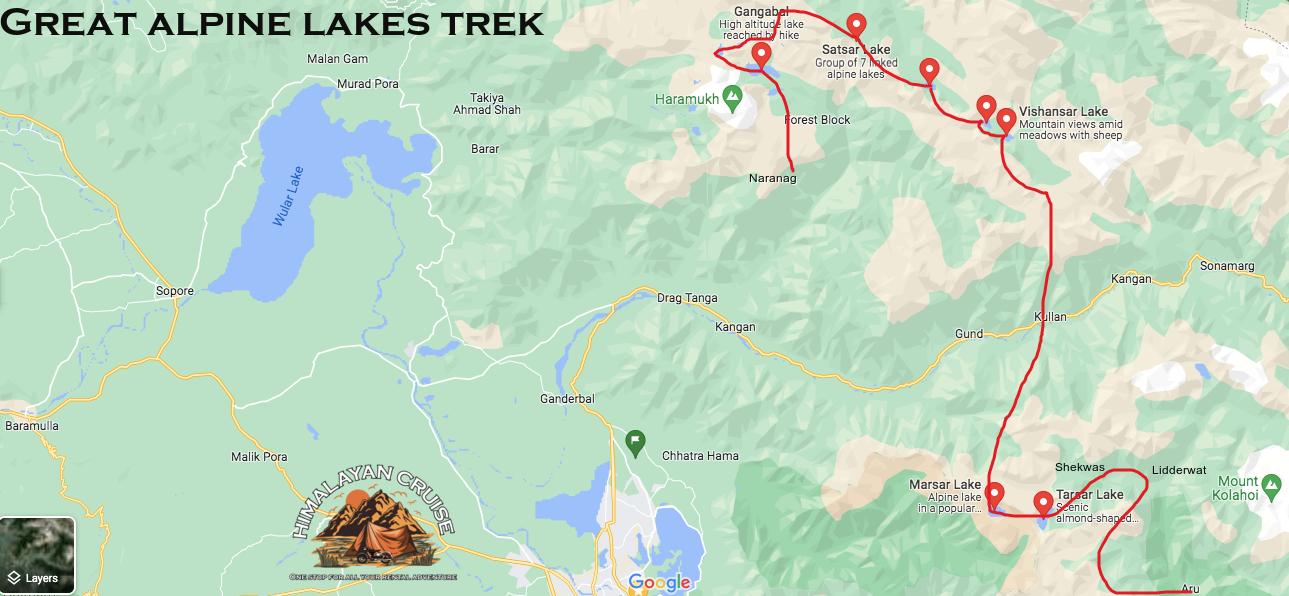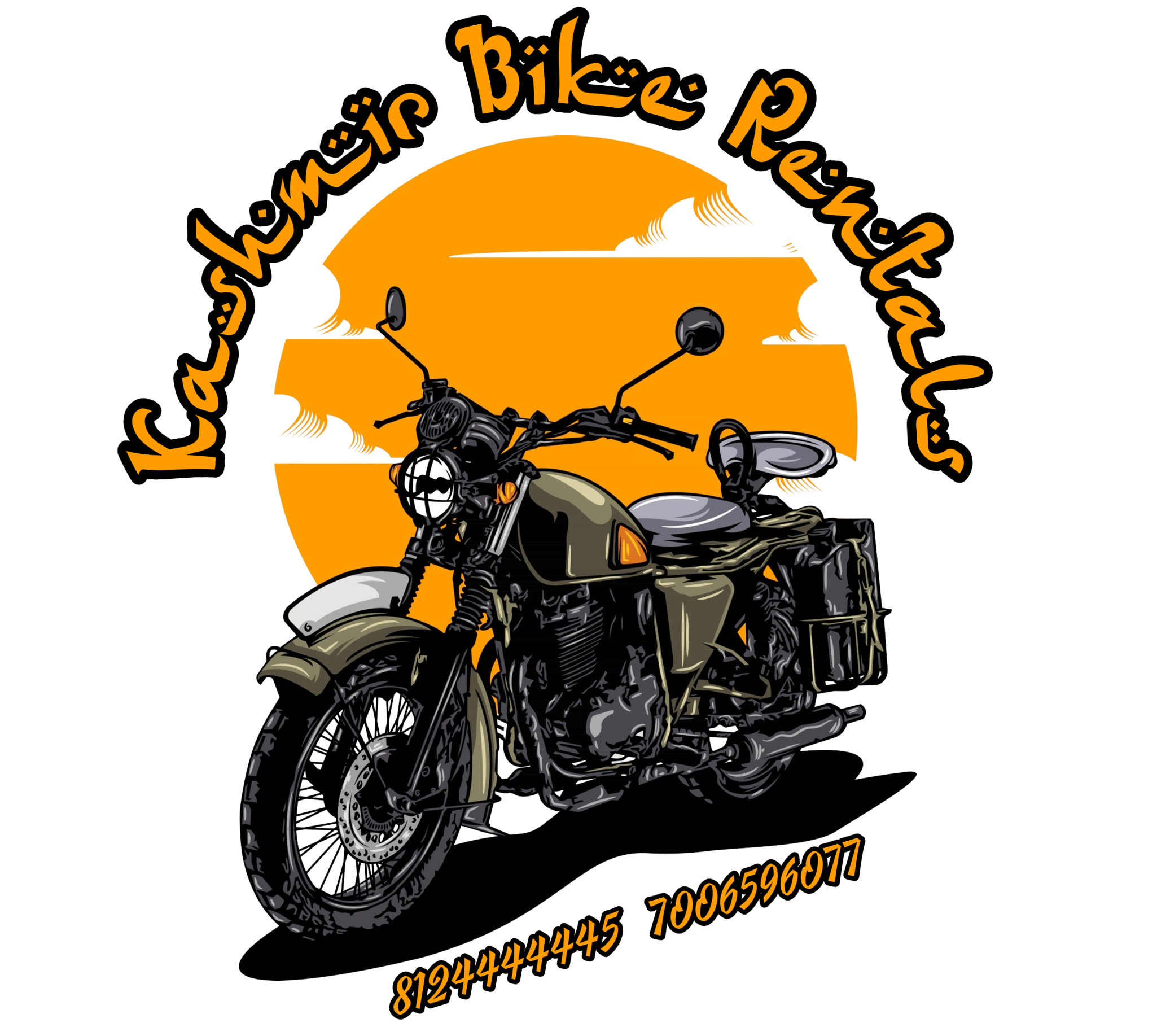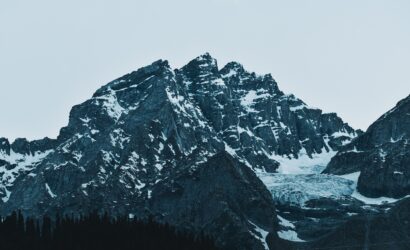
Overview
The Kashmir Alpine Lakes Trek, also known as the Kashmir Great Lakes Trek, is one of the Kashmir Valley’s most popular treks unwrapping the peaceful magnificence of the mountain-secluded Kashmir region.
It is one of all the treks in the Indian Himalayan region that whirls on the tracks to a number of India’s high altitude lakes that glitter in the midst of huge alpine meadows dotted with vibrant orchids.
The trek is a potpourri of alpine high altitude freshwater glacier lakes that consist of Vishansar Lake, Kishansar Lake, Yamsar Lake, Gadsar Lake, Satsar Lake, Nandkol, and Gangbal Lake. The trek extends from an elevation of 2,723 meters in Sonamarg, commonly dubbed “gold meadows,” to an elevation of 4,300 meters in Lul Gul Pass.
The Kashmir Alpine Lakes Trek is worth the challenge however definitely about 5 days of knackered knees and tortured toes.
The Kashmir Great Lakes Trek, a pulsating escape for demented travelers, starts from Sonamarg, which is located at an altitude of 2,723 meters and leads to the Nichnai Pass at an elevation of 3,500 meters. The simple climb passes through the settlements of many shepherds and meadows dotted with colorful orchids.
The trail continues to Vishansar Lake on the way to Kolahoi base camp at 4,140 meters and Lidderwat at 3,050 meters. As you approach the Kolahoi glacier, the track becomes tougher and the terrain rough, but the Kolahoi Peak’s increasingly spectacular views urge you on. From here the trek goes through the Gadsar Pass to Gadsar Lake, passing through an untamed terrain.
The trek leads to Megandob, a meadow that gives a bird’s eye view down the Sindh Valley to the upper reaches of the Kashmir Valley. From there, the trekking trail in the Kashmir Valley climbs up to Gaj Pass, from where one can get enchanting views of the Gangbal and Nundkol Lakes. Harmukh’s sacred peak rises above the lake, making it a divine experience. It is said that pilgrimages to Harmukh and Gangbal’s base long preceded the Amarnath Yatra.
Quicks Facts:
- Region- Kashmir
- Route: Srinagar – Aru – Lidderwat – Shekwas – Tarsar – Sundarsar – Khemsar – Kulan – Nichinai – Vishansar – Krishansar – Gadsar – Satsar – Gangabal – Naranag – Srinagar
- Altitude- 4210 m
- Duration- 15 days and 14 Nights
- Trekking Distance- 105 kilometres
- Difficulty Level- Moderate
- Start Point & End Point- TRC Srinagar
- Base Camp- Aru
- Nearest airport- Srinagar Airport
- Last ATM- At Srinagar
- Best time to visit – July to September
Himalayan Cruise Recommended:
➔ Visit the Floating Vegetable Market early in the morning and witness the culture of Mir Bahris
➔ Head out to the most instagramable café of Srinagar Chai Jaai.
➔ Taste the local cuisines Rogan Josh, Matschgand, Yakhni, Kashmiri Muji Gaad and Kahwa Tea
How to Reach:
By Air: Srinagar International Airport is the nearest airport in Srinagar which has flight connectivity to major cities of India.
By Rail: The closest railway station to Srinagar is in Jammu Tawi which also has trains connectivity all over India.
By Road: Board buses from Chandigarh, Delhi Srinagar
Know Before You Travel
- The above mentioned prices are not applicable on special dates (festivals, year end, etc).Rates may fluctuate with any change in services/hotels. The difference in the cost shall be borne by the client in case of any amendment in the package due to an increase in the number of guests, hotel change, etc., before the beginning of the trip.
- GST is applicable to the package cost.
- Any personal expenses or items of personal nature will not be included in the package. Any meals or transfers not mentioned in the itinerary are to be considered an exclusion in the deal. Any kind of drink (alcoholic, aerated, or mineral water) is not included in the package cost.
- Avoid using plastic bags and maintain the ecological balance of the destinations. Travelers littering may be fined.
- The exact location will be shared with you post-booking.
- Carry dry snacks/food, granola bars, etc. from home. Carry a regular and another insulated water bottle with you, so that you can refill.
- Any breakage or damage of any items in the resort will be charged at actuals.
- All international and domestic airfare, visa fees, airport tax, or any kind of insurance cover is not a part of the package.
- If in case any traveler wants to or decides to leave the trip in the middle, all the expenses from that point onwards will be borne by the traveler. Neither the operator nor Himalayan Cruise will be held responsible for such decisions or for any refund.
- Guidelines issued by the State-Government are to be followed. Social distancing to be maintained. Frequent hand sanitization and use of masks recommended.
- ID proof is mandatory for each individual guest at the time of booking, and also upon arrival. PAN card will not be considered as a valid address proof.
Things To Carry
- Warm clothes
- Caps
- Hiking shoes
- Thermal inners
- Walking shoes
Itinerary
Includes/Excludes
Trip Includes
- ➔ An experienced Trek leader who is a certified mountaineer
- ➔ A supporting staff to help and guide you throughout your trek
- ➔ Major trekking equipment of the best quality
- ➔ Safety gears
- ➔ First-Aid kit
- ➔ Meals on scheduled time (Only Veg)
- ➔ Tent or Hotel Accommodation as per the Itinerary
Trip Excludes
- ➔ Airfare.
- ➔ Your Travel And Medical Insurance.
- ➔ Personnel Expenses.
- ➔ Services Not Mentioned Or Promised By Us.
- ➔ Mules or Porters to carry personal luggage and other items on trek
It is mandatory to wear a mask and maintain proper social distancing when moving around in public places. We recommend that you ensure appropriate hand hygiene and wash your hands regularly. Keep a bottle of hand sanitisers with you at all times. It is mandatory to download the Aarogya Setu app on your mobile phone.
Besides this, you will be required to install specific quarantine apps in some states. These help the government agencies to ensure the authenticity of COVID-19 statistics. A negative PCR report taken 72 hours before boarding the flight from the country of origin, or a complete Covid19 vaccination certificate/report is required.
Yes, travelling to Kashmir is absolutely safe. However, don’t be shocked by the abundance of military checkpoints, tanks on the side of the road, military trucks and heavy-armed soldiers roaming down the streets.
Travelling to some parts of Ladakh that lie close to the borders of China and Tibet do require a permit.
The distance between Kashmir and Delhi is approximately 842 kilometres. You can take a flight from New Delhi to Srinagar that will take around 1 hour and 25 minutes. While travelling via train will take you 7 hours and 25 minutes.
Ideally, at least a week would be needed to explore Kashmir and its hidden gems.
Normally Packages start from a budget of INR 12,999 to an extravagant INR 42,999. Check our website to browse through our list of packages.
The internet ban has been lifted in Kashmir, but with certain terms and conditions. Internet services have resumed on postpaid mobiles across 12 districts of Jammu and Kashmir. The ban on social media sites however remains intact.
The best time to visit Kashmir is in the summer season, between the months of April and June.
There are a plethora of must-visit places in Kashmir, some of them are below:
Srinagar – Slice of heaven on Earth.
Sonamarg – Gold Land
Gulmarg – Ski Your Way
Kupwara — Kashmir’s Pleasure
Kathua — A Little-Known Treasure
Kargil is a war-torn region that has seen many battles.
Do not miss out on these places when you are on your Kashmir tour.
The weather of Kashmir in winter blankets the region with a thick sheet of snow. This is between the months of December to February.
The Sheikh Ul-Alam International Airport in Srinagar is approximately 6 hours and 33 minutes away from Jammu.
Yes, there are quite a few hotels in Kashmir. However, We will take care of all your accommodation booking hassles.
Some Best popular recommended house-boats in Kashmir are Claremont Houseboats, Montreal Group of Houseboats, Queens Lap House Boat, New Alexandra Houseboats.
Kashmir




